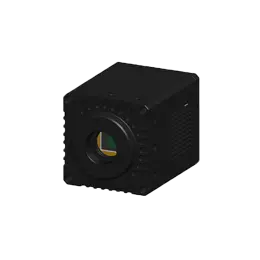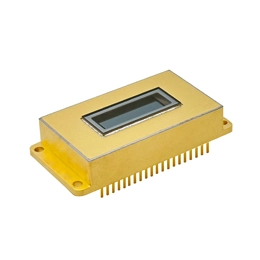Near-infrared (SWIR) or short-wave infrared light is generally defined as light in the 0.9-1.7 μm wavelength range, but can also be classified as 0.7-2.5 μm wavelength range.
Human eyes cannot directly perceive the existence of infrared rays, so human beings need to use photoelectric instruments to obtain information generated under the action of infrared rays.
Short-wave infrared imaging allows users to "see outside the visible range" of imaging, such as detecting dents or scratches to detect fruit. In visual imaging, the fruit is not defective; in short-wave infrared imaging, the fruit can be clearly seen Internal bruises.
For example, to detect the amount of filling inside an opaque package, the SWIR lens can be used to "see" the filling inside the bottle.
Short-wave infrared imaging has a wide range of applications. Short-wave infrared imaging can also detect drying uniformity of paint or bulk materials, electronic board inspection, solar cell inspection, remote monitoring of temperature and uniformity in metal smelting processes, and more.
The "illumination effect" of SWIR is the same as that of visible light. SWIR light is reflected or absorbed by objects, providing strong contrast to support higher resolution imaging.
Ambient starlight and background radiation (atmospheric glow) are natural shortwave infrared emitters that provide excellent illumination for outdoor or night-time imaging, including through fog, smog, and water vapor.
Light in the shortwave infrared band is invisible to the human eye. The visible light spectrum extends from 0.4㎛ of wavelength (closer to ultraviolet light, blue to the human eye) to 0.7㎛ (deep red).
Wavelengths longer than visible wavelengths can only be seen with dedicated SWIR lens sensors. But while light in the shortwave infrared region is invisible to the human eye, this light can interact with objects in a similar way to visible wavelengths.
That is, SWIR light is reflected light; it reflects off objects much like visible light. Because of this reflective nature, SWIR light has shadows and contrasts in its image.
Images from cameras using good SWIR lenses are comparable in resolution and detail to visible light images; however, the colors in SWIR images are not actual colors.
So this can make objects easily identifiable, and at the same time it can constitute one of the advantages of SWIR tactics, that is, object or individual discrimination.
Dongguan Zhonglin Technology Co., Ltd. specializes in Indium Gallium Arsenide (InGaAs technology) imaging technology and manufactures a wide range of high quality Short Wave Infrared (SWIR) cameras, we have a variety of options to provide the best solution for our cameras. A high performance SWIR optimized lens is recommended. Welcome customers from all over the world to visit and consult.



